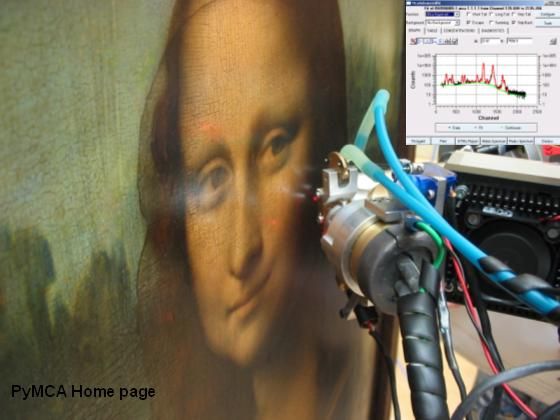Software

PyMca
X-ray Fluorescence Toolkit (visualization and analysis of energy-dispersive X-ray fluorescence data). . The program allows both interactive and batch processing of large data sets and is particularly well suited for X-ray imaging. Its implementation of a complete description of the M shell is particularly helpful for analysis of data collected at low energies. It features, among many other things, the fundamental parameters method
PyNX
Python toolkit for accelerated Nano-structures Crystallography and Coherent X-ray Imaging techniques. The software included in this package can be used for: 1. the computing of X-ray scattering using graphical processing units 2. X-ray wavefield propagation (from near to far field) 3. simulation and GPU-accelerated analysis of experiments using the ptychography and coherent diffraction imaging techniques See the full documentation at: http://ftp.esrf.fr/pub/scisoft/PyNX/doc/
RFit2000
RFIT2000 fits X-ray and neutron reflectivity data. The search of global minima is done via successive descent from local minima. This method can be treated as a two stage loop repeated consequently. The first stage is the local minimization with the ?2 -like criterion and the second one is the descent from the most recent local minimum. Reflectivity curve is calculated with one of the methods: Kinematic, Parratt and Matrix. Matrix method works faster for films modeled with multiple repetion of one identcal structural units. Film structure is represented with the box model. Each box is characterized with the scattering density (Re and Im), thickness and roughness of the top interface.
- ← Previous
- 1
- Next →

